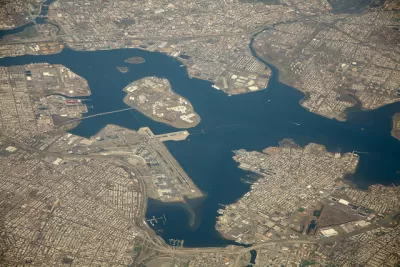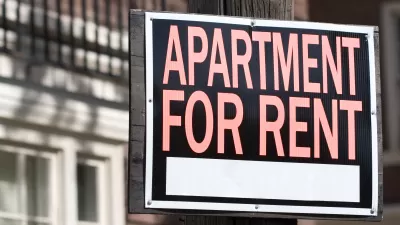Where do the street trees come from, and where does the compost go? Rikers Island was New York City's growing outpost for years. But does “greening” the jail always improve things for prisoners?

Removal is the basic condition of imprisonment, separating inmates from homes and families. But as Jeanne Haffner unearths below, while people on Rikers Island are held apart from their communities, the fruits of their labor are present throughout New York City’s landscape and economy. Historically, Rikers has served as an environmental laboratory and an agricultural outpost, managing the city’s waste and generating its greenery. The work is practical, but it can also be restorative. For centuries, reformers have held that work in “natural” environments can help rehabilitate those who serve time. Today, solar panels and house-grown food save money for jail and prison administrators nationwide, while preparing inmates to enter “the green economy.” But for many of those sent outside the greenhouse, working in nature is taking ever more dangerous forms, from cleaning up oil spills to fighting wildfires. As prisoners clean and create the landscape, what do their efforts sustain?
FULL STORY: The Happy Prison

Alabama: Trump Terminates Settlements for Black Communities Harmed By Raw Sewage
Trump deemed the landmark civil rights agreement “illegal DEI and environmental justice policy.”

Study: Maui’s Plan to Convert Vacation Rentals to Long-Term Housing Could Cause Nearly $1 Billion Economic Loss
The plan would reduce visitor accommodation by 25% resulting in 1,900 jobs lost.

Why Should We Subsidize Public Transportation?
Many public transit agencies face financial stress due to rising costs, declining fare revenue, and declining subsidies. Transit advocates must provide a strong business case for increasing public transit funding.

Paris Bike Boom Leads to Steep Drop in Air Pollution
The French city’s air quality has improved dramatically in the past 20 years, coinciding with a growth in cycling.

Why Housing Costs More to Build in California Than in Texas
Hard costs like labor and materials combined with ‘soft’ costs such as permitting make building in the San Francisco Bay Area almost three times as costly as in Texas cities.

San Diego County Sees a Rise in Urban Coyotes
San Diego County experiences a rise in urban coyotes, as sightings become prevalent throughout its urban neighbourhoods and surrounding areas.
Urban Design for Planners 1: Software Tools
This six-course series explores essential urban design concepts using open source software and equips planners with the tools they need to participate fully in the urban design process.
Planning for Universal Design
Learn the tools for implementing Universal Design in planning regulations.
Smith Gee Studio
Alamo Area Metropolitan Planning Organization
City of Santa Clarita
Institute for Housing and Urban Development Studies (IHS)
City of Grandview
Harvard GSD Executive Education
Toledo-Lucas County Plan Commissions
Salt Lake City
NYU Wagner Graduate School of Public Service





























